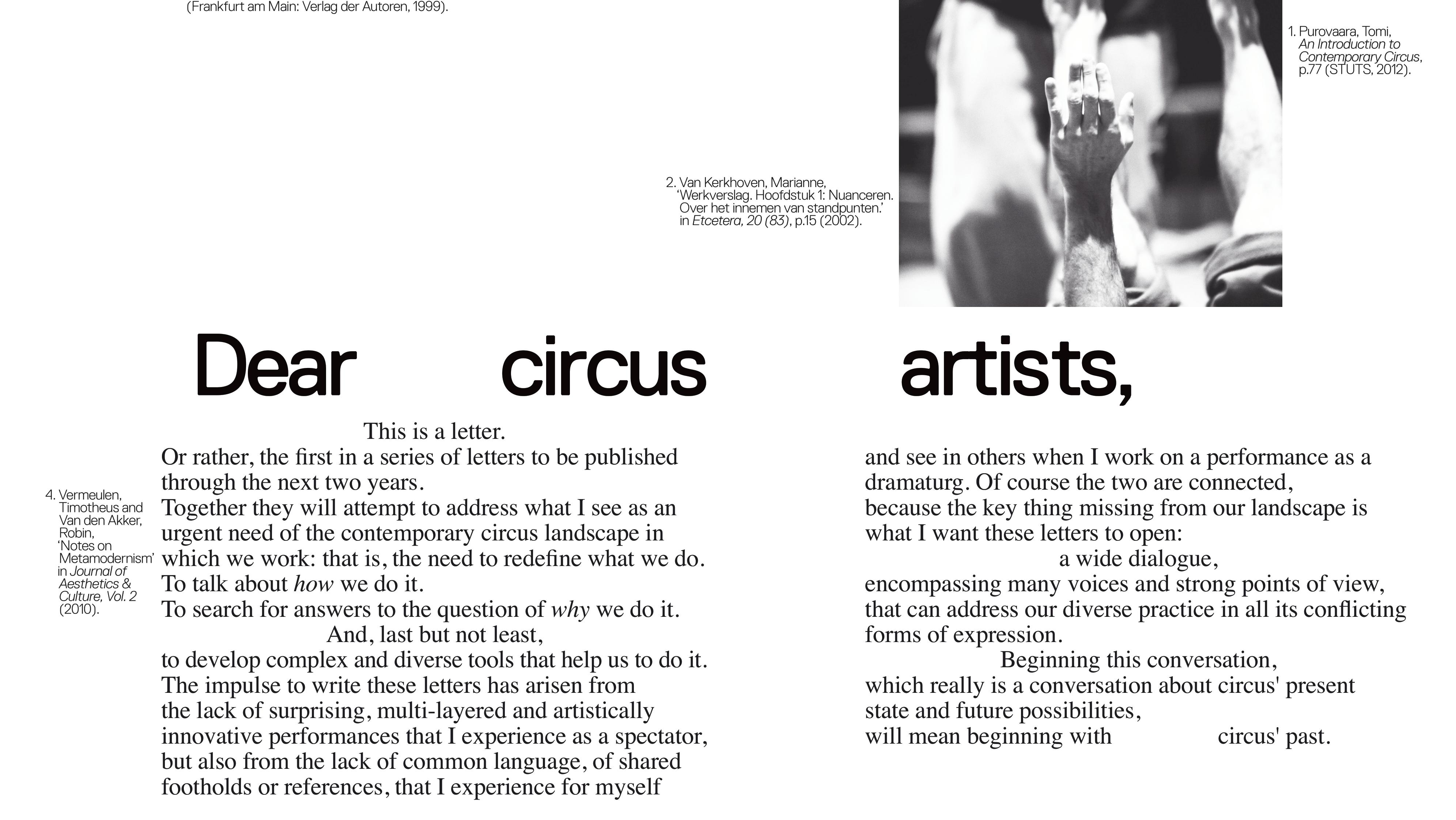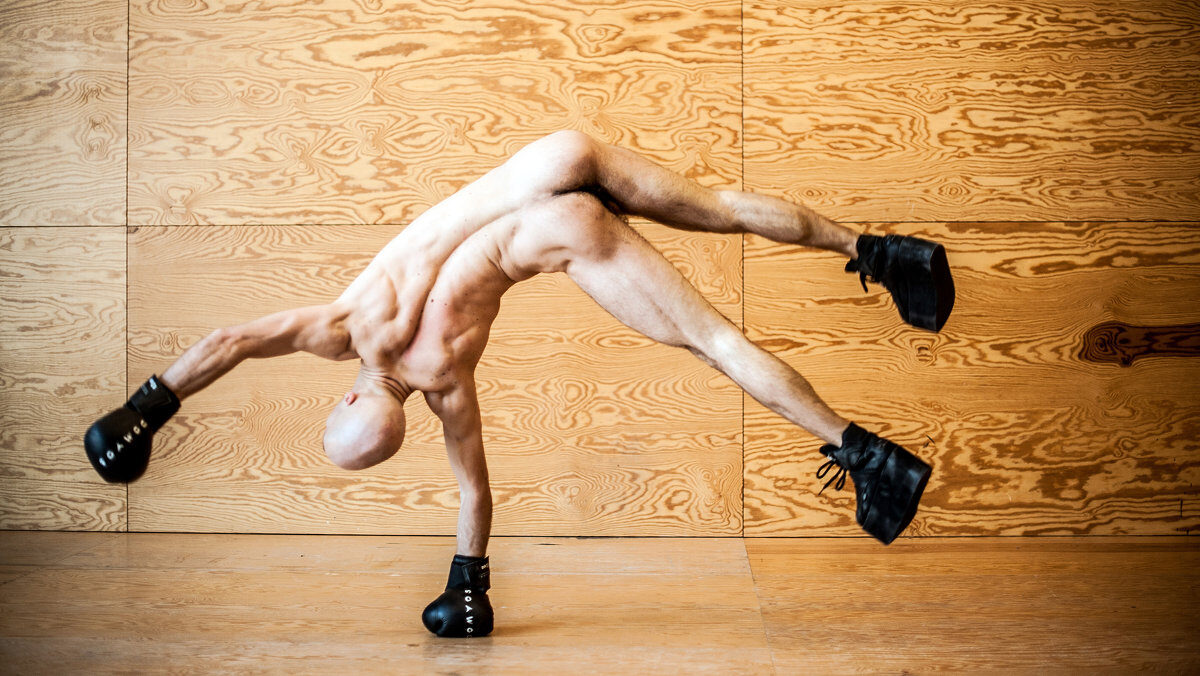“Dramaturgy is a way of producing the incorrect because I think sometimes if we manage to produce exactly what we imagine then we end up with things that rearticulate what’s already imaginable. And I also think the spirit of putting things into question is a way of producing choices in a process where perhaps none appeared before, encouraging what is not sensible or not fashionable or not appropriate, or maybe just under-appreciated. I think it often moves things in a direction that opens up more new territory than making the right decision.”










